Do Your Bit For Butterfly Migration: Grow These 8 Plants For Migrating Butterflies
Learn what plants are best for migrating butterflies. These flowering plants will have beautiful blooms and will help migrating butterflies along their journey.
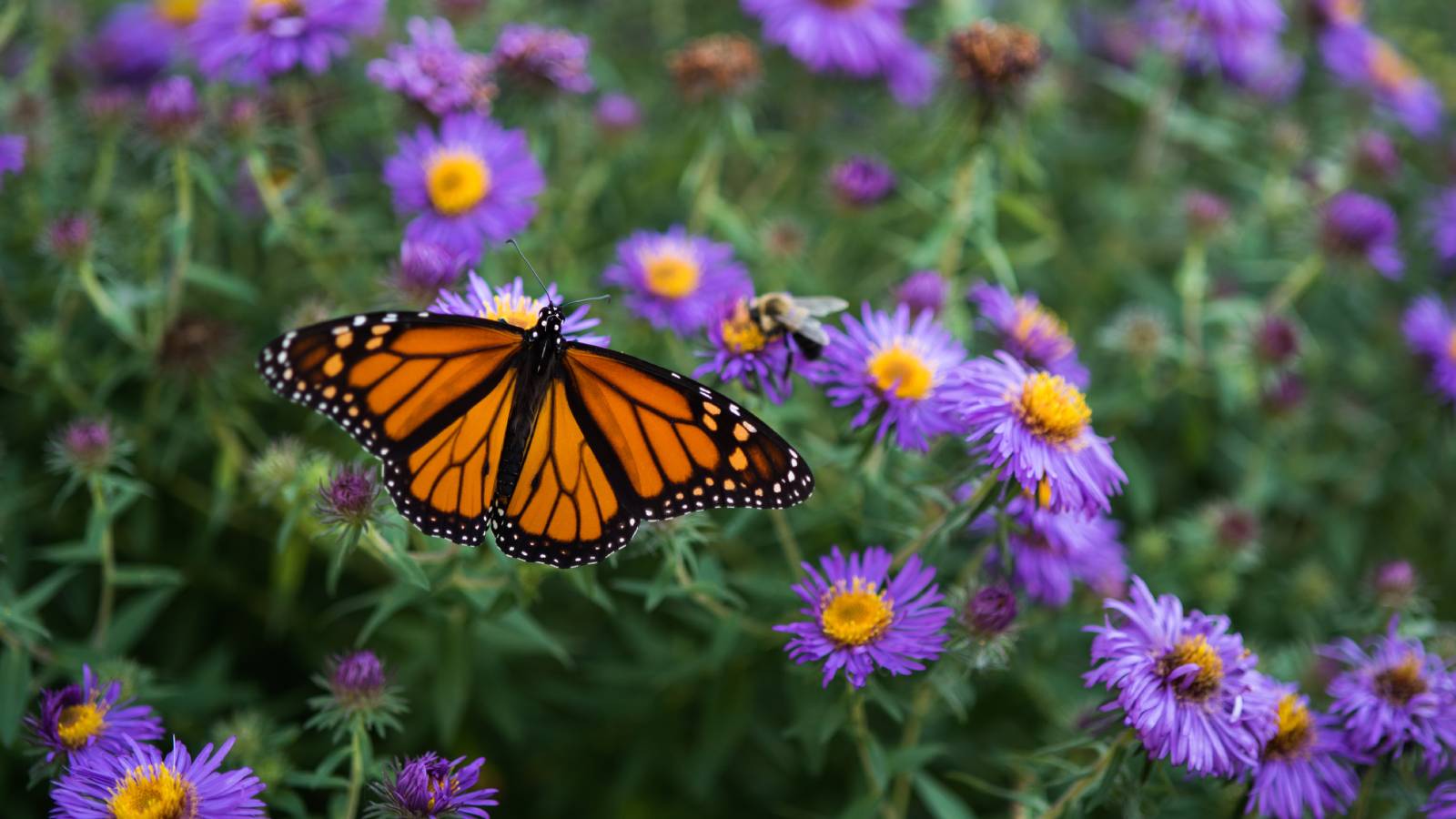

For many species of butterfly, migration is an essential part of their lifecycle. During this time, insects begin their trek south, feeding along the way on flowering plants. With populations declining, it’s important to understand why butterflies matter. Growing plants for migrating butterflies is an easy way to attract these species to the garden and support the local ecosystem as a whole. Plants for migratory butterflies further play a role in the health of species, like Monarchs, by serving as an important environmental cue related to their journey.
Choosing the Best Plants for Migrating Butterflies
The best plants to help with the migration of butterflies are those that serve as a rich source of nectar. The bloom period of each plant is of key consideration, aiding in the creation of butterfly migration patterns and butterfly migration routes. Below, we’ll take a closer look at some of the best plants for such species, as well as their special characteristics as they relate to the home landscape.
1. Blazing Star
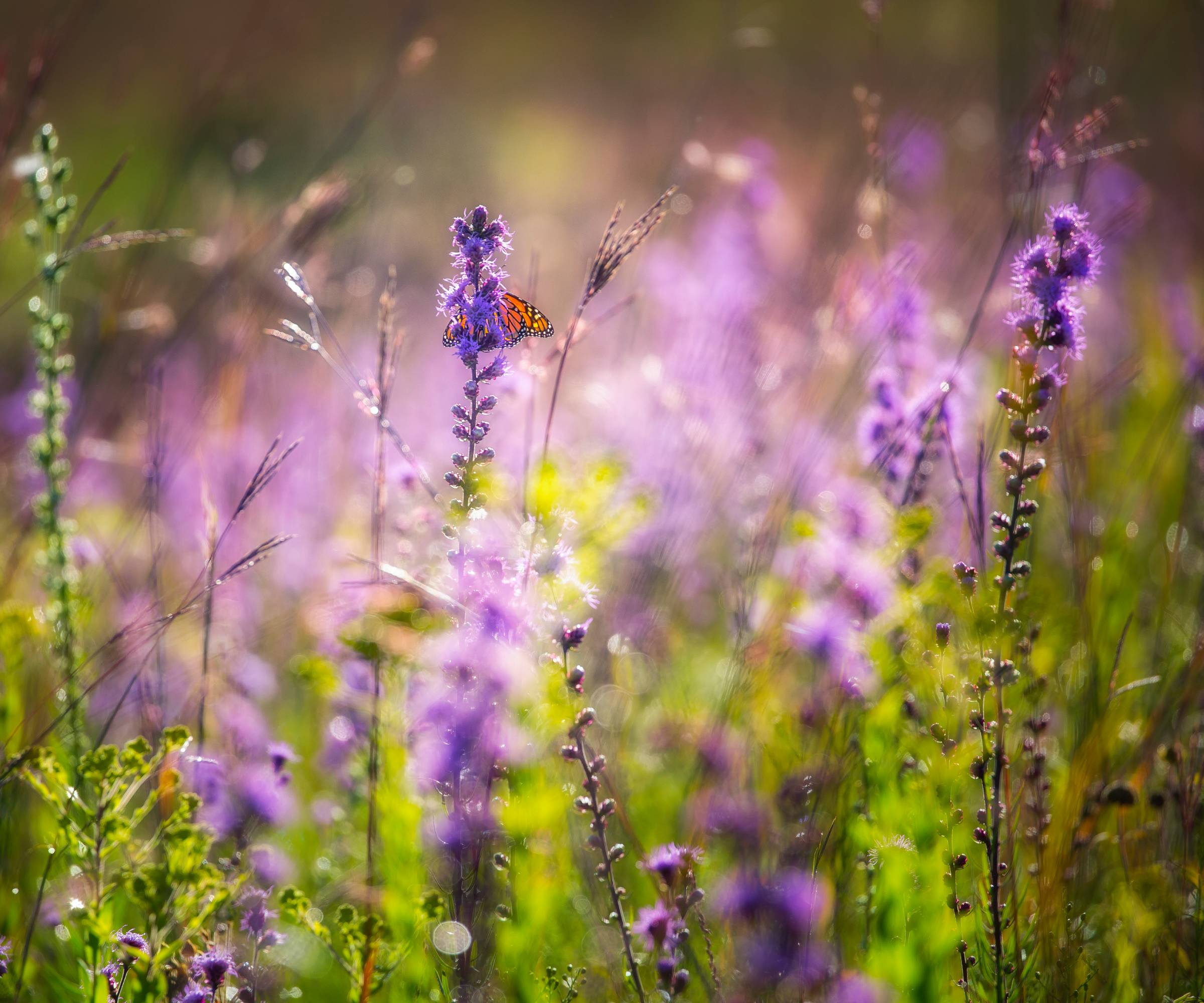
Native to much of the United States, blazing star (Liatris spp.) plants are a veritable magnet to butterflies. An abundance of nectar makes them a favorite among several species, including Monarchs. The plant’s beauty is furthered by its large flower spikes, which offer growers lasting color. Over time, liatris blazing stars will continue to multiply, resulting in large clumps of plants. Flowers are especially attractive when incorporated into mixed borders, naturalized spaces, wildflower beds, or even containers. Blazing star plants are hardy to USDA zones 3-9.
2. Butterfly Weed
Butterfly weed is among the best plants for migrating Monarch butterflies. A native species, plants bloom when needed, serving as an essential host to larvae. Other butterflies and moths known to frequent the plant also benefit from its abundant nectar and dependable bloom. The plant’s hardiness, resistance to disease, and ease of growth further combine to make it an excellent choice for both novice and experienced gardeners, alike. Growing butterfly weed is easy and it is hardy to USDA zones 3-9.
3. Button Bush
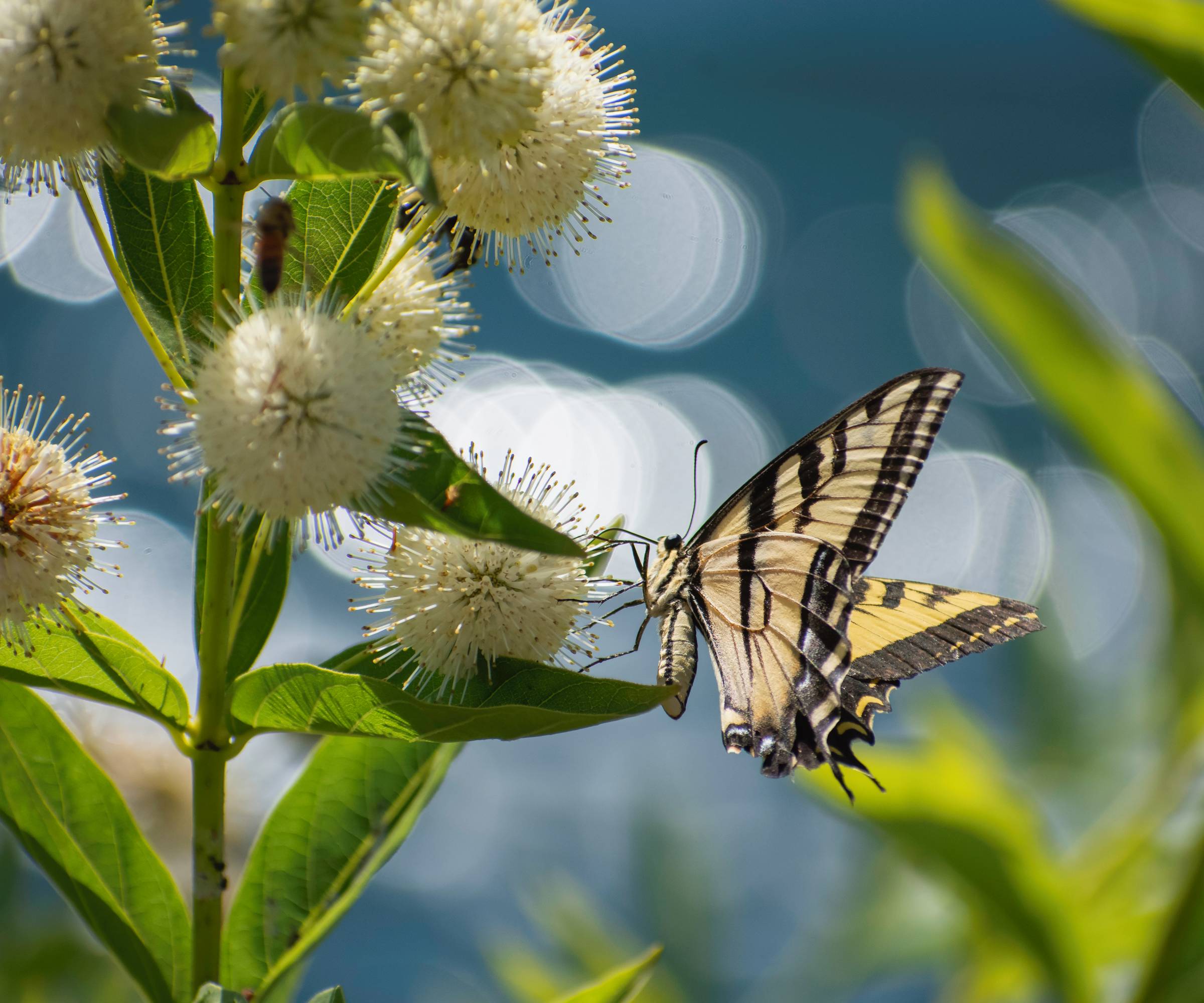
Button bush is well-suited to a range of growing conditions. Large, established plants are most often found where soils remain consistently moist, near the edges of streams, ponds, and ditches. Butterflies and a variety of other pollinators flock to the plant’s unique, globe-like blooms. Shrubs are often used in the home landscape by those hoping to attract beneficial insects and diversify or enhance their backyard ecosystem. Button bush is hardy to USDA zones 5-9.
4. Celosia
A popular addition to the landscape and cutting gardens, annual celosia like flamingo cockscomb have long been celebrated for their vibrant color. Plants have also been found exceptionally attractive to pollinators, including various species of fritillaries and moths. Those growing celosia for the first time should look for open-pollinated or heirloom varieties that are rich in nectar. Most consider the plant easy to grow, with seed readily available at most garden centers in spring.
5. New England Aster
New England asters are among the best late-blooming perennial plants for the home landscape. A good choice for borders and mixed pollinator beds, growers can expect each to produce a profusion of small, daisy-like flowers. At most any time through fall, blooms are likely to be busied by the presence of bees, butterflies, and a vast array of other beneficial species. Gardeners can expect established plants to return dependably, growing larger with each passing season. New England aster plants are hardy to USDA zones 3-8.
Gardening tips, videos, info and more delivered right to your inbox!
Sign up for the Gardening Know How newsletter today and receive a free copy of our e-book "How to Grow Delicious Tomatoes".
6. Purple Coneflower
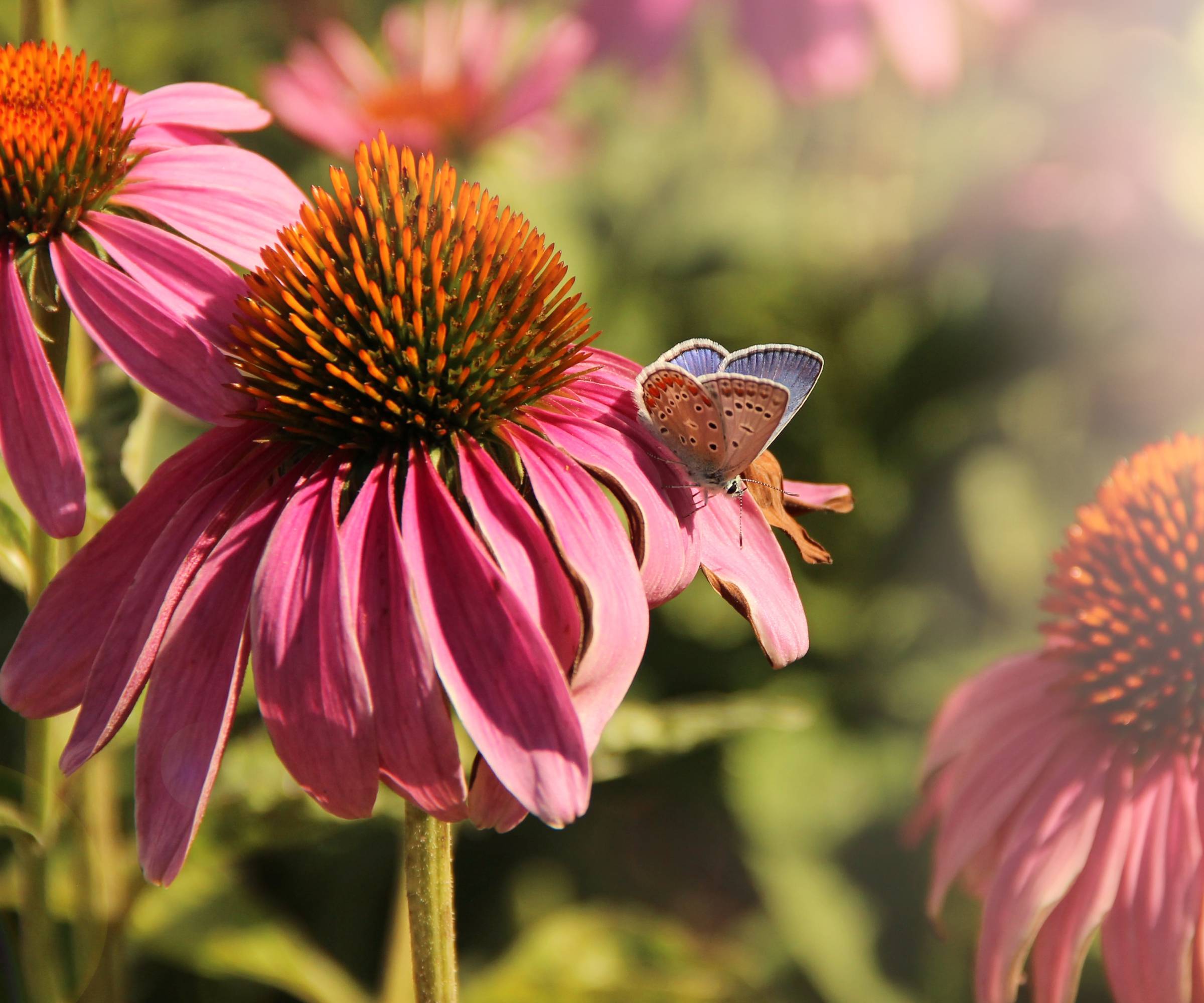
Purple coneflowers (Echinacea spp.) have long been favored for their resilience and ease of growth. True to their name, vibrant ray petals are arranged around a large, conical center disk. Flowers persist through summer, holding well in the garden, and serving as an important source of nectar to visiting insects. Though tall varieties are most common, newer dwarf cultivars are well-suited to use in formal beds and in containers. Purple coneflower plants are hardy to USDA zones 3-9.
7. Showy Milkweed
Yet another popular milkweed, the species has proven essential to the flight of the monarch butterfly. Showy milkweed (Asclepias speciosa) sets itself apart with its attractive, purple tones. Star-like flowers, which open in large clusters, first appear in summer and persist through fall. Plants are ideal for perennial wildflower beds, naturalized spaces, and informal meadows. Showy milkweed propagation is straightforward and, while they are known to multiply, but is not considered invasive in most places. Plants are hardy to USDA zones 3-9.
8. Tithonia
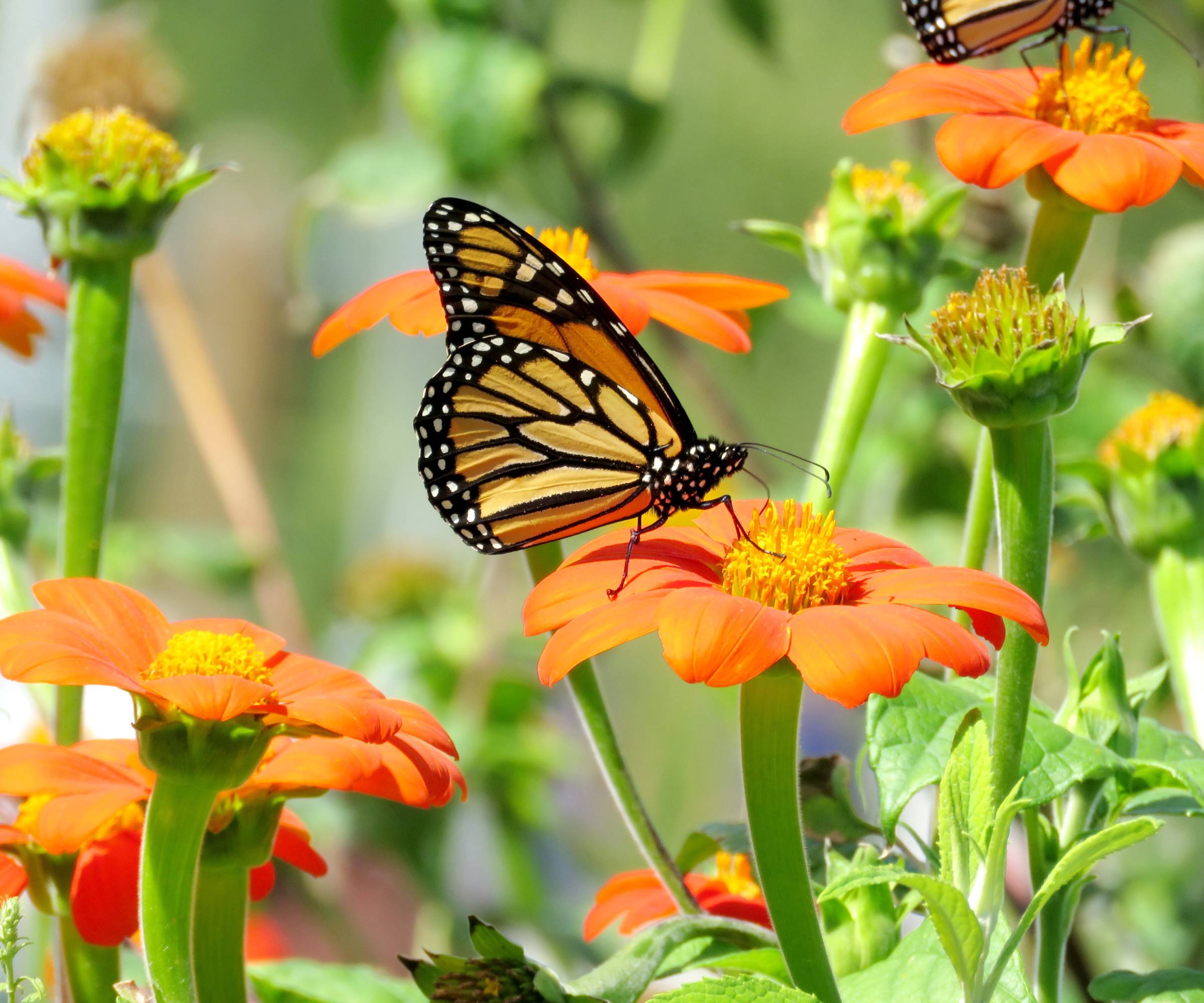
Annual tithonia, also called Mexican sunflowers, are a common addition to the ornamental landscape. Colorful, late-season flowers open from summer through fall, serving as a haven to migrating species of butterflies and insects. Nectar-rich, orange flowers are highly attractive to passing Monarchs, as well as bees and moths. Growers can expect the plant to drop seed freely, often returning the following season with little help from gardeners.
Frequently Asked Questions
Why do Butterflies Need to Migrate?
Butterfly migration differs depending upon the species. Though some types like Monarchs are known for their long journeys, others may simply stay-put or venture elsewhere only in search of food. Factors such as climate and/or resources are most likely to impact the manner in which species such as these migrate throughout the season.
What Happens if Butterflies don’t Migrate?
Migration status will vary by species. In fact, some may not migrate at all. Those with large migratory ranges, however, must complete their route as a means of survival. These species are often unable to withstand cold temperatures or the harsh winter conditions from which they came.

Tonya Barnett has been gardening for 13 years. Flowers are her passion. She has transformed her backyard into a cut flower garden, which she regularly chronicles on her YouTube channel http://www.youtube.com/@tonyawiththeflowers.